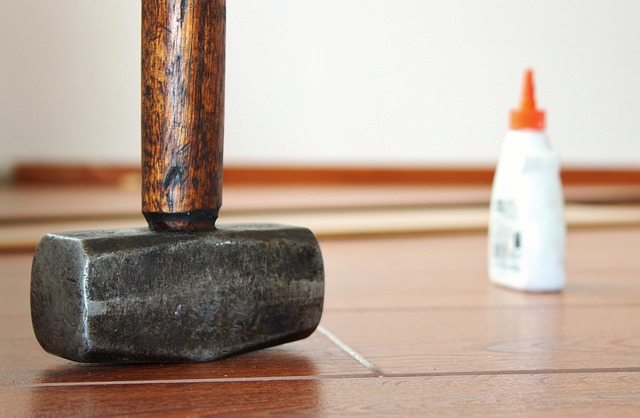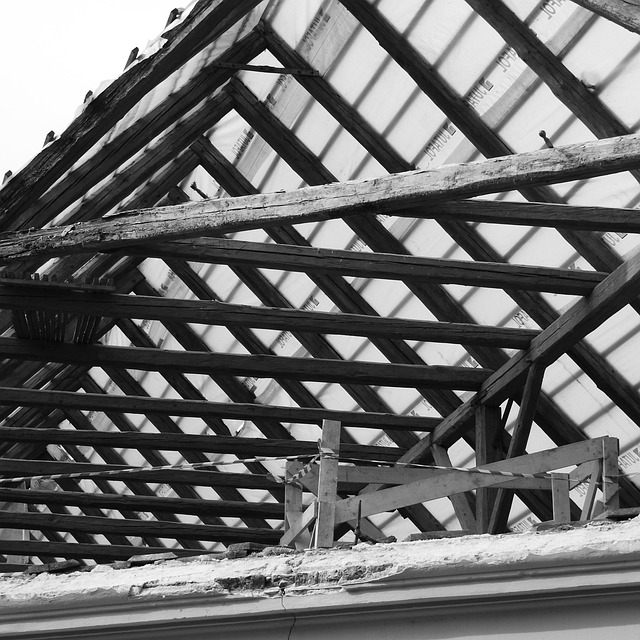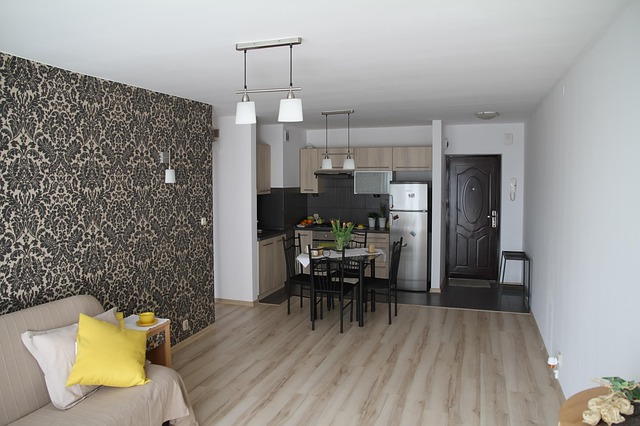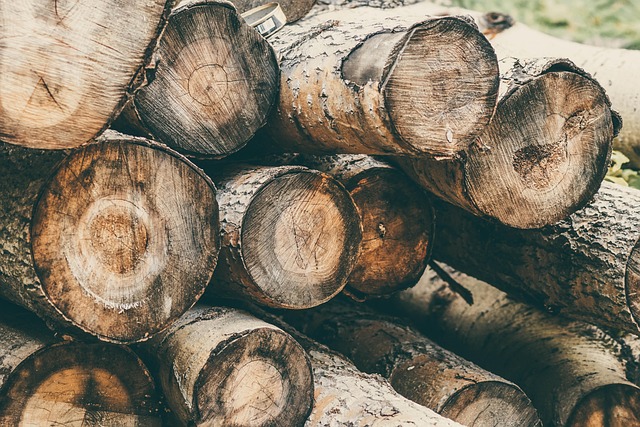Glue laminated beams (glulams) offer exceptional strength, reduced weight, and enhanced span capabilities, making them ideal for bridges, high-rises, and unique designs. Despite higher costs and specialized installation needs, they provide superior fire resistance and insect protection. Precise engineering calculations and proper assembly techniques ensure structural integrity. Case studies demonstrate their use in historic building renovations and residential developments. GLulam's eco-friendliness, strength-to-weight ratio, and advanced manufacturing make it a promising future construction material for sustainable practices and innovative design.
“Glue laminated construction offers a innovative solution for building sturdy and durable structures. This article delves into the multifaceted world of glue laminated beams, exploring their unique strengths and inherent limitations. We dissect common challenges in their manufacturing process, offering practical strategies to prevent glue failures. Furthermore, we outline techniques to guarantee structural integrity and present compelling case studies showcasing successful implementations. Additionally, we glimpse into future trends, highlighting innovations that shape the evolving landscape of glue laminated beam construction, emphasizing its diverse uses.”
- Understanding Glue Laminated Beams Strengths and Limitations
- Common Challenges in Glue Laminated Construction Process
- Effective Strategies to Prevent Glues Failure in Beams
- Techniques for Ensuring Structural Integrity of Laminated Sections
- Case Studies: Successful Implementation of Glue Laminated Technology
- Future Trends and Innovations in Glue Laminated Beam Construction
Understanding Glue Laminated Beams Strengths and Limitations

Glue laminated beams have gained significant popularity for their unique strengths and versatility in construction. These structural elements are created by laminating multiple layers of wood, often from fast-growing trees, with a strong adhesive. This process results in incredibly strong and stable beams that can support substantial loads, making them ideal for various applications. Whether it’s building bridges, high-rise structures, or unique architectural designs, glulam (glue laminated beams) offer advantages such as reduced weight, superior span capabilities, and excellent resistance to fire and insects.
However, like any construction material, glue laminated beams have limitations. They are more expensive than traditional lumber and require specialized knowledge for installation due to their complex nature. Additionally, while glulams can handle long spans, they may not be suitable for all structural requirements, especially in cases where extreme load conditions or specific design constraints apply. Despite these considerations, understanding the strengths and limitations of glue laminated beams allows engineers and builders to make informed decisions when choosing materials, such as purchasing high-quality glulam beams for sale from reputable suppliers like UNALAM (visit us at unalam.com anytime), ensuring optimal performance in long span glulam applications.
Common Challenges in Glue Laminated Construction Process

The Glue Laminated Construction process, while renowned for its strength and versatility, isn’t without challenges. One of the primary hurdles lies in achieving precise alignment during assembly. Given the complex nature of glue laminated beams, even slight misalignments can compromise structural integrity. This is particularly true when dealing with large span structures or custom designs, where every component must fit perfectly to ensure stability and longevity.
Another common issue revolves around moisture content. Glue laminated beams are susceptible to warping or cracking if they dry out too quickly or are exposed to fluctuating humidity levels during construction. Maintaining optimal conditions throughout the process is crucial. Moreover, handling these heavy, pre-fabricated beams requires specialized equipment and skilled labor, adding complexity and cost to projects involving glue laminated beams in contemporary design. To streamline assembly, many professionals now order cut to size glulam from suppliers like UNA Laminated, accessible at unalam.com anytime, which not only reduces waste but also enhances overall efficiency on site.
Effective Strategies to Prevent Glues Failure in Beams

To ensure the durability of glulam structures and maintain the structural integrity of glue laminated beams, preventing glue failure is paramount. One effective strategy involves meticulous preparation of the timber before gluing. This includes ensuring surfaces are clean, dry, and free from contaminants that could weaken the bond. Proper surface treatment, such as sanding or using appropriate solvents, can significantly enhance adhesion. Additionally, following recommended clamping practices during assembly is crucial; adequate pressure and proper distribution across the joint are essential for robust gluing.
Another key aspect to consider is temperature control. Extreme temperatures can impact glue performance, so maintaining a consistent environment during the lamination process is vital. Moreover, allowing beams sufficient time to cure after assembly gives the glue ample opportunity to set, enhancing structural integrity and longevity. For artisanal timber crafting enthusiasts or construction professionals, these strategies can be readily implemented to ensure the superior performance of glue laminated beams. If you require expert guidance, don’t hesitate to give us a call at (607) 369-9341.
Techniques for Ensuring Structural Integrity of Laminated Sections

Maintaining structural integrity is paramount when utilizing glue laminated beams, especially in construction projects where strength and stability are key. There are several techniques that builders and engineers can employ to ensure these innovative materials hold up against various stresses. One of the primary methods involves precise engineering calculations tailored to each unique beam design and load conditions, ensuring every component—from the wood layers to the adhesive—meets specific requirements. This meticulous approach guarantees that the laminated sections can bear significant loads without compromise.
Additionally, fire performance is a critical aspect of structural integrity, particularly in high-rise buildings or locations with strict safety codes. Glue laminated beams have excellent burn characteristics, offering a superior resistance to heat compared to traditional concrete structures. Their inherent strength and stability during fires make them a preferred choice for modern construction, providing engineers with peace of mind. For more tailored advice and guidance on glue laminated beam uses and structural integrity optimization, give us a call at (607) 369-9341.
Case Studies: Successful Implementation of Glue Laminated Technology

The successful implementation of glue laminated technology has been showcased in various case studies across different construction projects, highlighting its versatility and benefits. One notable example is the renovation of an historic building where glue laminated beams were used to restore the original timber beam aesthetics while providing structurally sound solutions. The project at 18 Clifton St, Unadilla, NY 13849, demonstrated how these advanced structural elements can seamlessly blend traditional charm with modern engineering.
In another instance, a new residential development embraced glue laminated construction for its long-lasting structural solutions. This approach not only offered economical structural options but also enabled faster build times and reduced waste compared to conventional timber frame construction methods. The resulting homes showcased both durability and an enhanced sense of style, demonstrating that glue laminated beams can contribute to both functional and aesthetically pleasing buildings.
Future Trends and Innovations in Glue Laminated Beam Construction

The future of construction looks promising for Glue Laminated Beams (GLulam). As the industry leans towards sustainable and efficient building practices, GLulam’s eco-friendly nature and superior structural integrity make it a prime candidate for mainstream adoption. Advanced manufacturing techniques are enabling more complex geometric shapes, opening doors to innovative architectural designs that were previously unattainable with traditional beams.
With ongoing research and development, we’re seeing GLulam gain traction in various applications beyond its traditional uses, such as in contemporary design aesthetics. Its strength-to-weight ratio, combined with the precision of modern laminating techniques, makes it a compelling alternative to conventional steel or wood beams. Visit us at 18 Clifton St, Unadilla, NY 13849 anytime to explore the potential of GLulam and its diverse applications that are revolutionizing the construction landscape, from glulam vs traditional beams comparisons to specialized glulam beam applications.
Glue laminated construction offers innovative solutions for building strong, lightweight structures, but it’s not without challenges. By understanding the strengths and limitations of this method, implementing effective strategies to prevent glue failure, ensuring structural integrity, and learning from successful case studies, the industry can maximize the benefits of glue laminated beams. As we look to the future, ongoing innovations promise to further revolutionize this technology, making it an increasingly viable and sustainable choice for a wide range of applications in the built environment. When used appropriately, glue laminated beams can continue to contribute to more efficient, cost-effective, and environmentally friendly construction practices.














